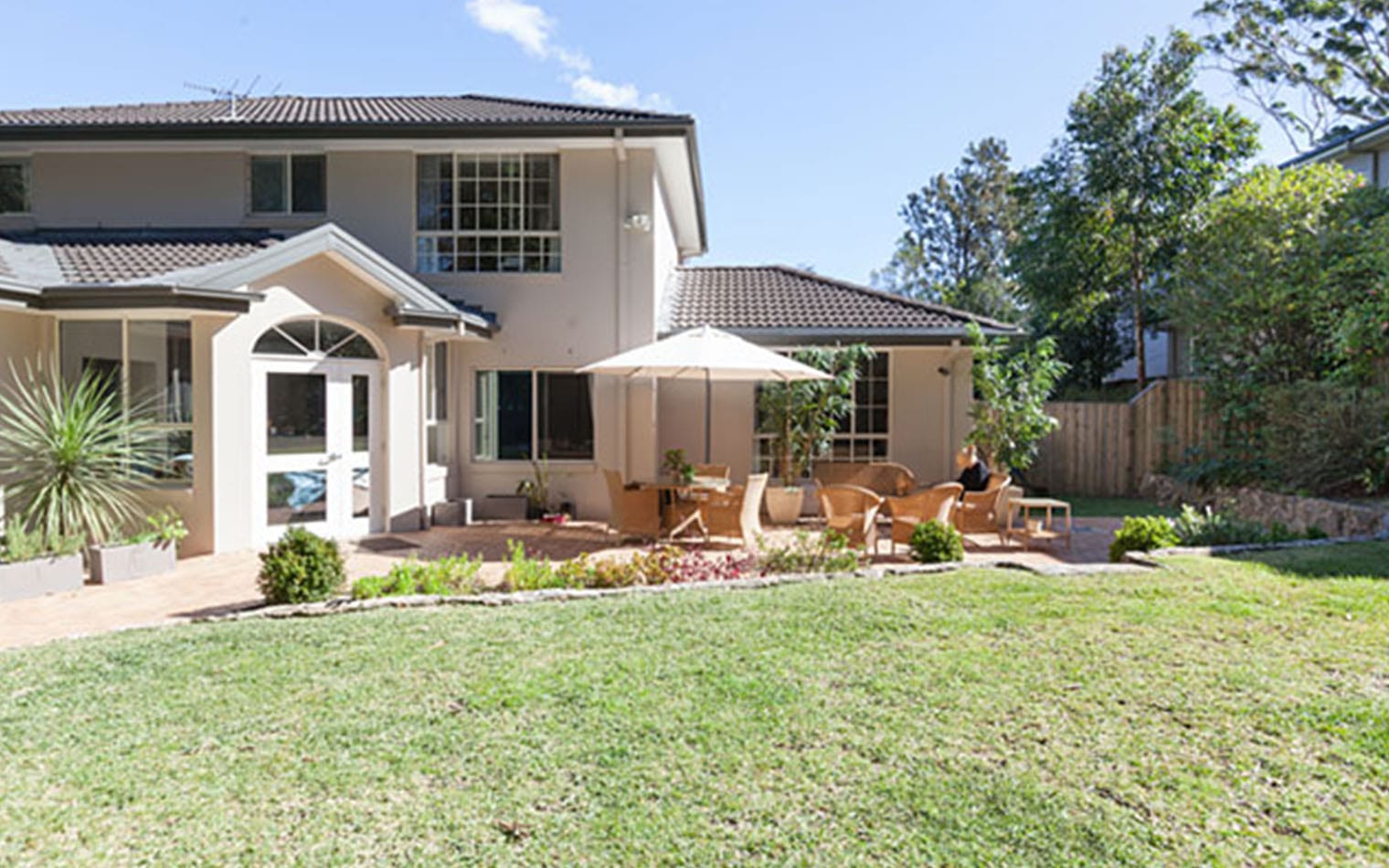
Kate Swaffer started experiencing severe headaches, scrambled words and dyslexia symptoms. After many brain scans, she was diagnosed with Semantic Dementia. She was told to start looking into aged care options yet she was only in her late 40s. The thought of a dementia day care unit filled her with thoughts ‘too terrible to comprehend’.
Kate decided to fight dementia head on by creating awareness of dementia and by inspiring those who had been diagnosed with the disease to live a full life. She is currently living beyond her initial diagnosis of younger onset dementia. She is an author and international speaker.
After visiting three Group Homes in Sydney, Kate was so overwhelmed and grateful to Tamar Krebs, founder and Managing Director of Group Homes Australia, for bringing such a compassionate and nurturing ‘residential care home’ to Australia.
In an open letter of gratitude and praise to Group Homes Australia, Kate writes:
“I would, quite happily live in one of their homes… They have somehow found a way to ensure autonomy and safety are working in harmony, in a way that does not seem to demean anyone, or make anyone feel locked up. “This style of residential accommodation and care is the best I have seen in Australia.”
Kate expected to see the logo emblazoned on the gate or door of each home. However, the homes are indistinguishable and blend into their individual suburbs and streets providing dignity to those living there.
Kate says “I definitely had no sense I was visiting a ‘facility providing residential care’. There were people in rooms folding up the washing, staff and residents in the kitchen preparing meals; smells of cooking, and not a hint of urine. Doors that opened out onto gardens and recreational areas, with washing lines, and one even with a swimming pool. Laundries in working order, various areas to sit and relax or play cards or watch television.”
She continues to write “Staff who sounded and looked like family members. Family members sitting around relaxing waiting for a mother to return from some shopping…Dining rooms, allowing for mingling and shared meals, and smaller eating areas allowing for more privacy.”
Group Home accommodates a limited number of residents (usually six to ten) with personalised care with resident to staff ratio is 1:3. The homes are nestled within welcoming, communities and blend into the suburb in order to preserve dignity of residents. Homes are safe, purpose designed and modern to make them comfortable and familiar to residents. Personal care and clinical services provide resident activities that focus on abilities rather than limitations.
In late 2015, Group Homes Australia engaged Alzheimer’s Australia NSW as they wanted to prove what they could see were obvious benefits. The research they undertook reviewed and benchmarked their practice against the ‘Moving Into Care’ project whereby 5 Group Homes were compared against 80 residential aged care providers across NSW and ACT.
The results showed that Group Homes Australia ranked above industry benchmarks. With some of the main attributing factors found to be due to the following: a non-institutional way of living, the emphasis placed on residents abilities rather than their disabilities, and a greater focus on customised care.
Respondents reported a warm, compassionate environment where staff were seen to be empathetic, engaged and connected to residents and their families.
Families are encouraged to be actively involved in the care of their loved ones
The philosophy of care provides a clear director for team members
Respondents described a warm and welcoming environment with best practice approaches to engaging residents.
Tamar Krebs, Founder and CEO of Group Homes Australia commented “We feel the impact we have on people living and visiting our homes, but it was very reassuring to see the results of the benchmarking study and receive such positive validation from Alzheimer’s Australia.”
An aged care home that looks like a family home – Group Homes Australia from Martin Harris
Video: Take a look inside the Group Home, Sydney
I am interested in finding out more about Group Homes verses Residential Care..
Kind regards,
Carmel